Zomato Pushes Restaurants To Spend More On Ads On Its App
With Zomato, restaurants are pressured to spend more on advertising and cover cancellation costs in return for increased sales.
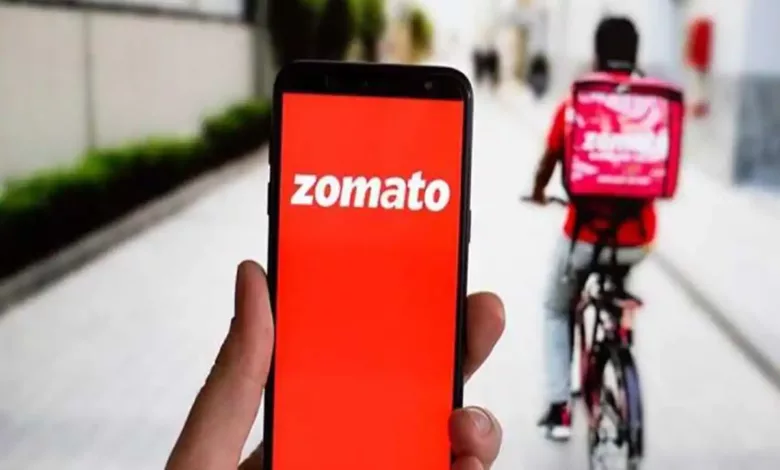
Zomato Pushes Restaurants To Spend More On Ads On Its App
Zomato is working with restaurants to encourage them to allocate more marketing funds to the platform. Furthermore, this will increase their visibility in food delivery services.
Among restaurant owners, Zomato has encouraged them to spend at least 5% of their revenue on advertising to increase their visibility on Zomato.
Featured at the top of Zomato’s app search page, restaurants are advised to increase their ad spending on the platform. There is currently no charge for restaurants to run ads on Zomato, and it is unclear how much revenue Zomato earns from those ads.
A significant goal of Zomato is to boost the profitability of its food delivery service and reverse its decline.
A restauranteur who declined to be identified said Zomato’s recommendation for restaurants to advertise on its platform for a minimum amount is another way to press brands.
It’s up to the restaurant partners to decide how much to spend on ads, depending on their target audience, geography, and bandwidth to fulfil online orders.
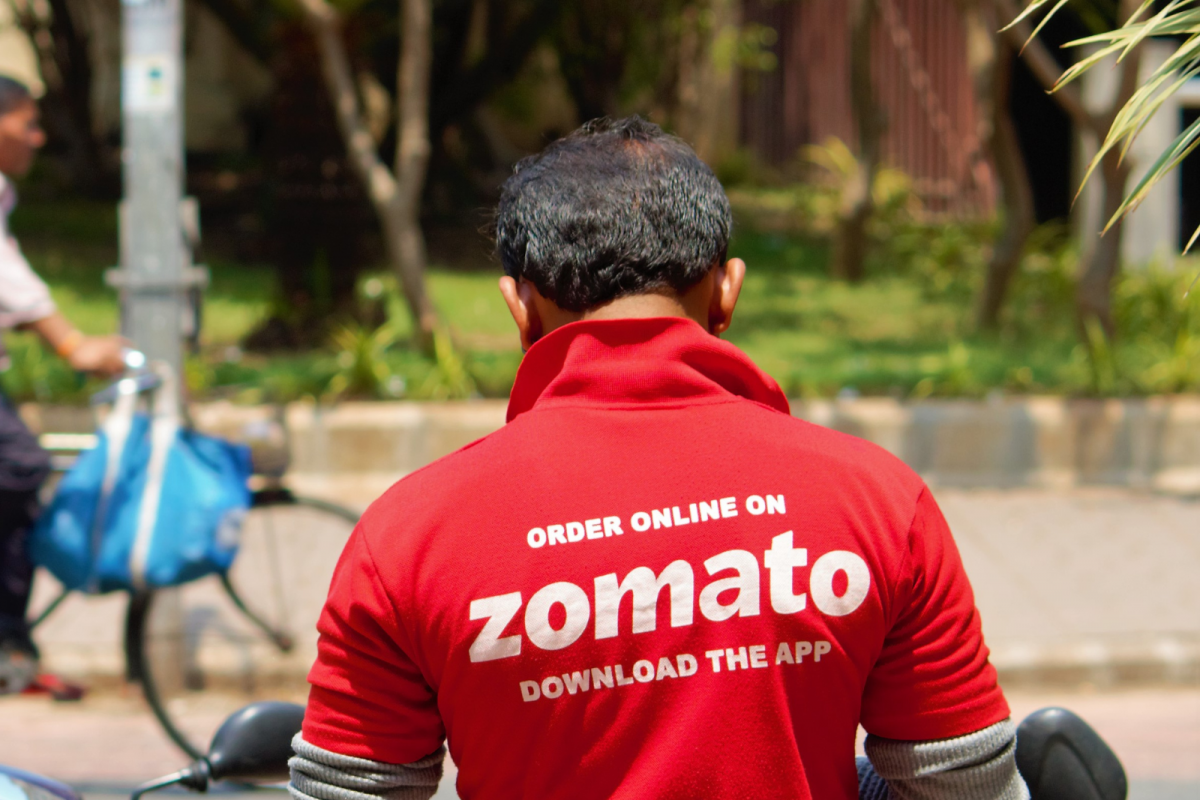
According to Zomato, they do not impose rules that mandate restaurants to spend on their app. Zomato’s policy is to ensure that customers have a satisfactory experience regardless of whether specific standards are not met.
The policies include supporting establishments with hygiene and food quality issues. Zomato reportedly entices restaurants to lower their prices to align with in-person prices.
User value will increase as a result. The pressure on restaurant partners could spark further tensions between Zomato and its partners.
The app could be difficult to find for restaurants that invest less than 5% of their turnover in advertising. Due to this, many of them prioritize creating visibility as one of the keys to success.
Zomato has been accused of making unreasonable demands on restaurants to assert its dominance in the food delivery business. The Covid-19 lockdowns were the ultimate test for Indian food delivery companies Swiggy and Zomato.
This was a growth opportunity unlike any other. Many existing restaurants have flocked to their platforms en masse, while a number of new cloud kitchens have also appeared.
Order numbers surged to record levels as average order values (AOVs) peaked. It became increasingly evident that pure-play food delivery in India could not make much money; therefore, improvements in operating margins remained elusive.
However, why does it happen this way? To be profitable in food delivery, one must improve AOV and reduce delivery costs. Food delivery in India has an average order value of $5, six times lower than in the US and Europe.
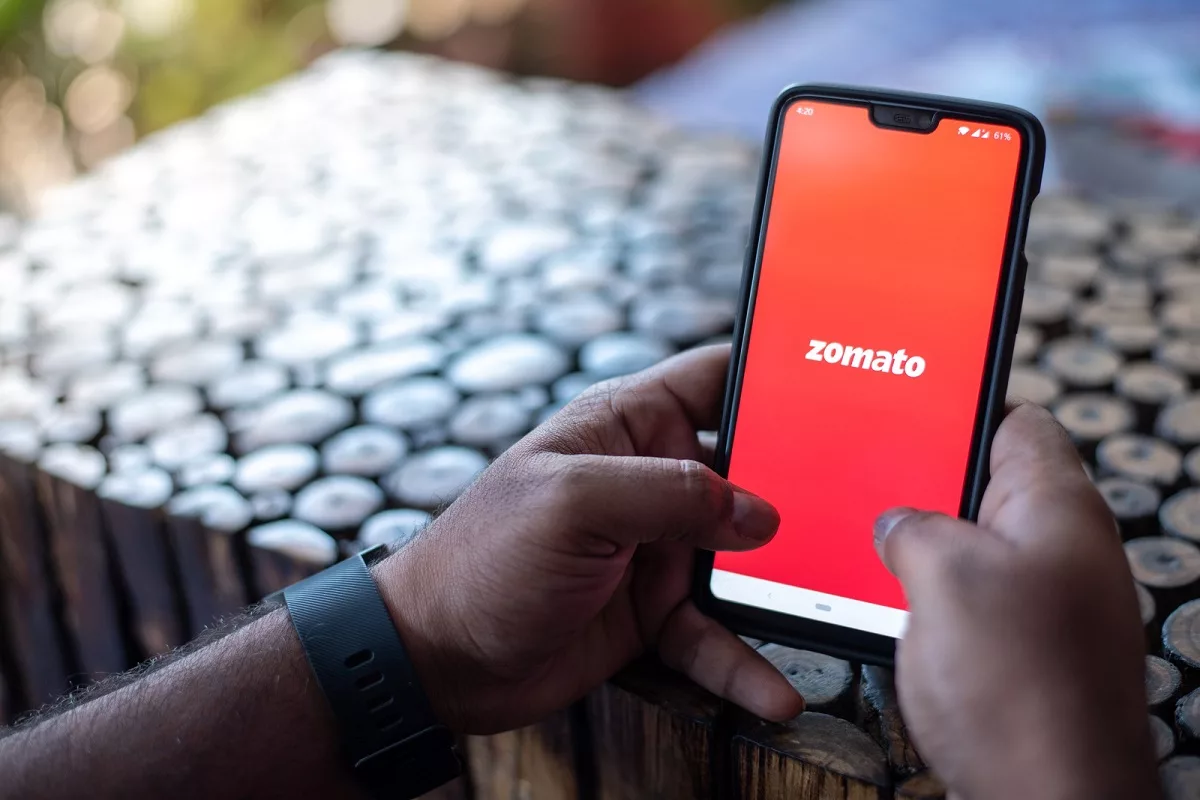
Due to high delivery costs and discounts on most orders, Indian food delivery firms lose money even with one of the highest commission rates in the world.
Using riders to their full potential is the biggest headache. In the food delivery business, there will always be two peaks – lunch and dinner.
As a result of low ridership in the mornings and evenings, profitability is severely damaged at the unit level. As Swiggy and Zomato compete against each other, it isn’t easy to incentivize their customers, restaurants, and riders. Customers and restaurants are given discounts, and riders are given incentives.
At the height of growth, food delivery players continued to face these inherent issues. This forced the start-up giants to redefine their businesses or reaffirm their strategic directions.
A food delivery marketplace was inevitable to expand outside food into other verticals to engage and motivate riders, unlike Zomato, which has always been in the food service business.
Since 2008 when it started as a restaurant technology search platform, it has been true to food through its pivots to become a full-service food company in 2021.
Zomato must become the preferred food company in India. Several Zomato products focused on restaurants have been developed to create a more comprehensive food ecosystem.
Its recent announcement of 10-minute food delivery and Hyperpure is expanding its horizons in the food industry. Supply-chain revenue for Hyperpure increased 188% year-over-year and 40% quarter-over-quarter for the December quarter.
As of the third quarter, it supplied over 27,000 unique restaurants. With operations in nine cities, the company has a nationwide presence. The average Indian eats out eight to ten times a month, up from two to three times per month.
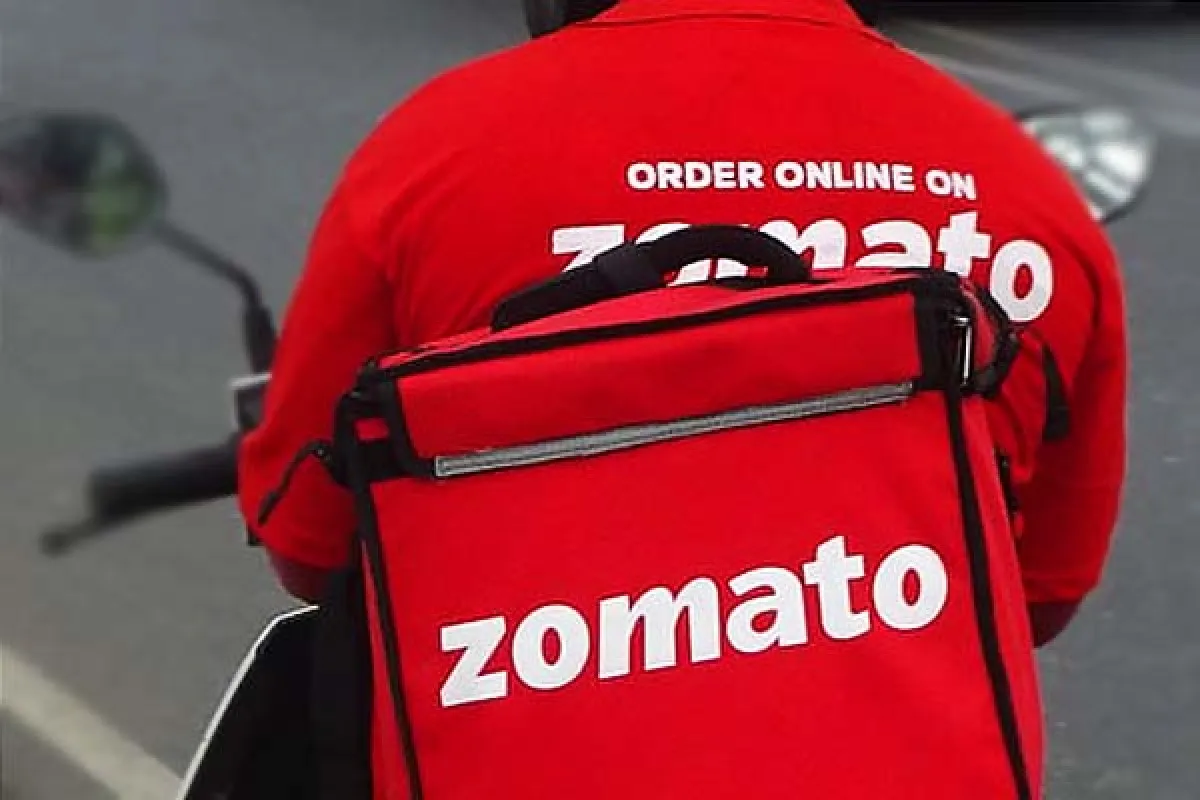
The average monthly sales of developed markets in Southeast Asia exceed 30. Singaporean households only have a partial kitchen, only a kitchenette. In some cases, India might be able to make it, but in others, it might not.
However, this may be the direction the country is headed. As many as 20-25 such monthly incidents may occur in certain urban and suburban areas. Aside from food, Gurugram-based Zomato expanded into grocery delivery, a venture it had failed on twice before. As a result, it is trying to revive that dream.
This deal is valued at $700-800 million for SoftBank-backed quick commerce platform Blinkit, which Zomato plans to acquire in a deal valued at $700-800 million for Zomato.
Despite needing internal quick commerce capabilities, Zomato wants to join the party. There could be synergies between food and grocery products, which would help Zomato grow its top line more quickly.
Just 9% of its revenue grew sequentially in October-December 2021. Before attempting to ride the capabilities of the eight-year-old start-up, it will be necessary to navigate its challenges.
A former grocery delivery service shifted its business model to 10-minute delivery in December 2021, focusing on groceries, fresh produce, stationery, electronics, and household items.
As the company grew, it opened hundreds of dark stores nationwide and invested millions in infrastructure. The 10-minute delivery only worked in a few areas, so the company closed down services within weeks.
Many dark stores were forced to close, and employees were laid off due to cash burn after Zomato announced a $100 million investment in August 2021, which was purely financial.
The company is currently bleeding cash from its brisk commerce business, but for how long will it handle this? Will the acquisition help Zomato compete with Swiggy on a level playing field? No matter how hard it is, it won’t be easy.
Restaurant rates are not uniform on Zomato and Swiggy. It varies based on factors such as the volume of orders, average order values, the strength of a brand in its category, and what services the restaurant is availing of.
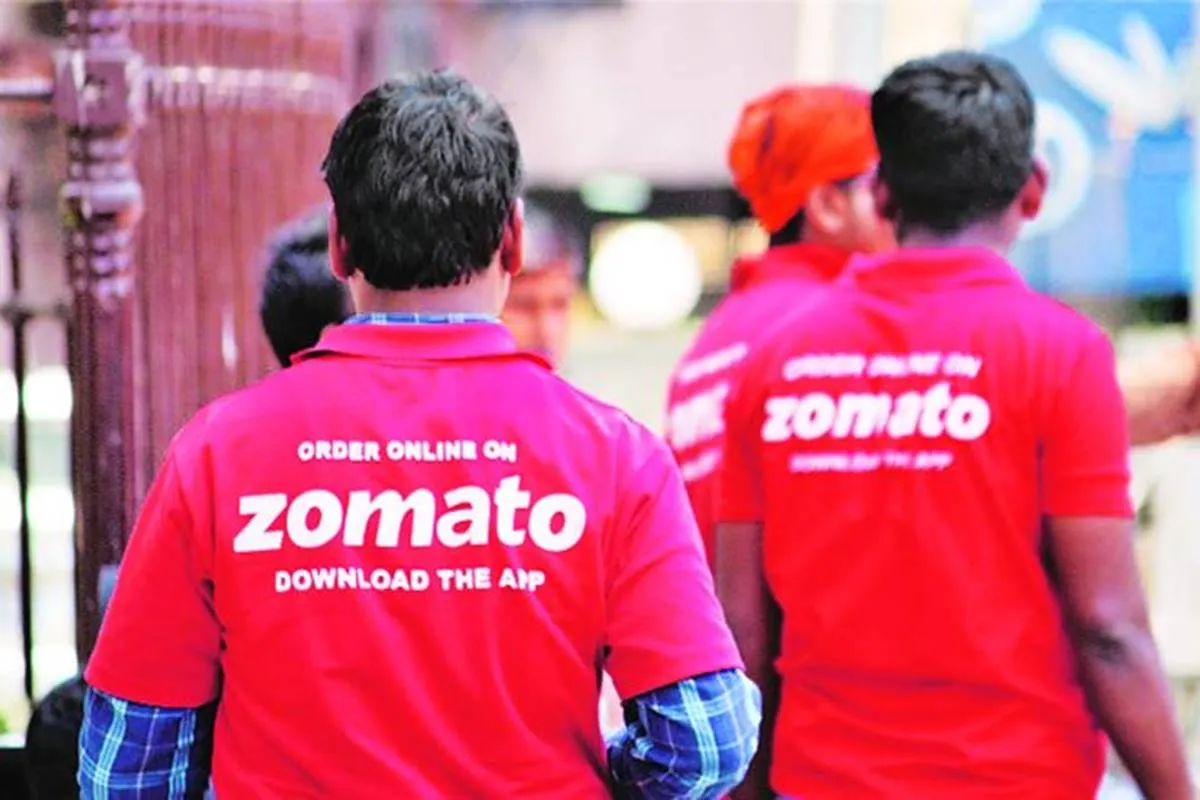
The Bengaluru-based restaurateur said he was still trying to compensate for the hardships suffered during the pandemic. The aggregators cannot suddenly increase rates this early, and there will undoubtedly be a lot of pushback. According to some, accepting the new rates could help discovery.
Zomato plans on renegotiating next month. It hopes to convince more restaurants to take advantage of Hyperpure’s B2B grocery service and advertisement service, which will lower the effective commission rate.
Compared to 191,000 restaurants listed on Zomato a year ago, there were 209,000 active restaurants listed after the December quarter. For restaurant partners and Zomato continually reevaluate our commissions to ensure their competitiveness.
Edited by Prakriti Arora




